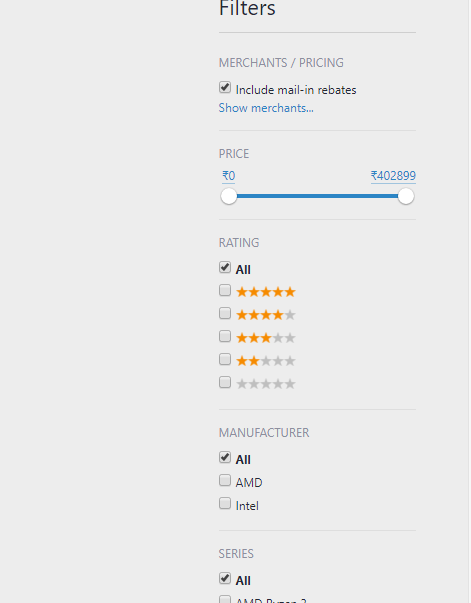


It has been speculated that this brightness takes its origin in a polar lattice symmetry breaking that would reverse the exciton sub-levels ordering by a Rashba effect and thus place the bright triplet exciton below the dark singlet 20, 21. At liquid helium temperatures, single cesium lead halide (CsPbX 3) perovskite NCs display a bright photoluminescence (PL) with a spectral fingerprint assigned to the bright triplet structure 15– 20. The resulting four-fold degenerate exciton level is split by the electron–hole exchange interaction into a dark ground singlet state ( J = 0) and a bright triplet ( J = 1).

The band-edge exciton of perovskites is formed with a hole (h) in an S-like state with angular momentum J h = 1/2 and an electron (e) in a spin-orbit split-off state with angular momentum J e = 1/2 13, 14. Yet, the bright or dark character of the ground exciton in perovskites is the subject of continuing debate. The knowledge of the band-edge exciton fine structure in perovskites and the ability to tailor it with NC composition, morphology, or external fields are of prime importance for the development of efficient single-photon sources or sources of entangled photons for quantum information processes 7– 9, and for applications in optoelectronics and spin-based technologies 10– 12. Recent advances in the colloidal synthesis of strongly emitting perovskite nanocrystals (NCs) open up new opportunities for the fabrication of tunable light sources based on the composition and quantum size effect tuning 1, such as light-emitting diodes and lasers 2, and for the exploration of their potential use as quantum light sources 3– 6.


 0 kommentar(er)
0 kommentar(er)
